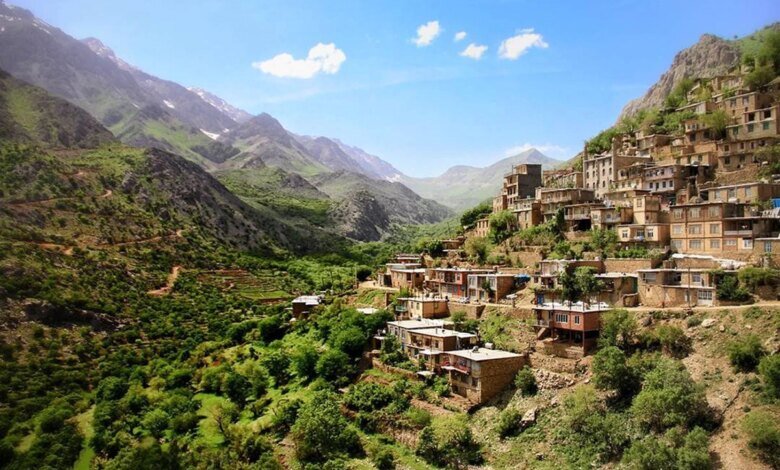
Similar Posts
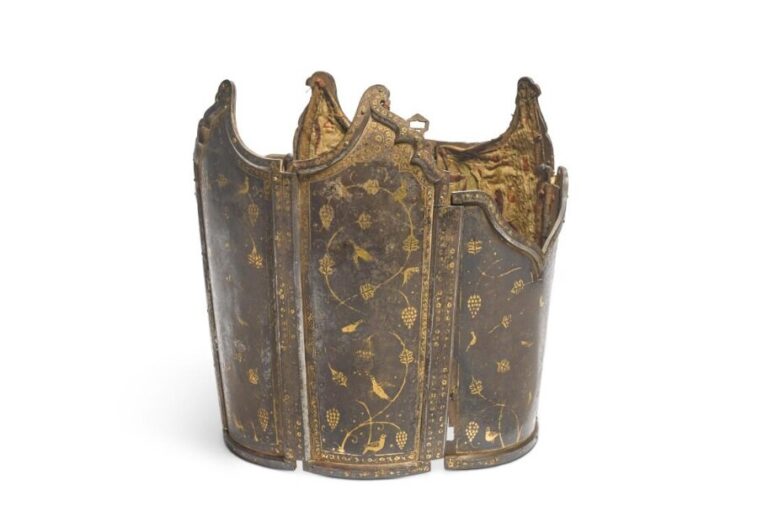
Sotheby’s Unveils Rare Islamic Arms and Armour Collection for Upcoming Auction
Sotheby’s will host a significant auction of Islamic art on April 29 in London, featuring a collection of 100 masterpieces spanning over 500 years, assembled by the late French collector Philippe Gilles René Missillier. Highlights include Iranian relics such as a Safavid steel axe and a Qajar cuirass, both showcasing exquisite craftsmanship. Other notable items include an Aqqoyunlu turban helmet, a rare Ottoman wicker shield, and a four-plate cuirass from North India. This event offers art enthusiasts a unique opportunity to explore and acquire historical treasures. Sotheby’s continues its tradition of connecting collectors with exceptional art since its founding in 1744.
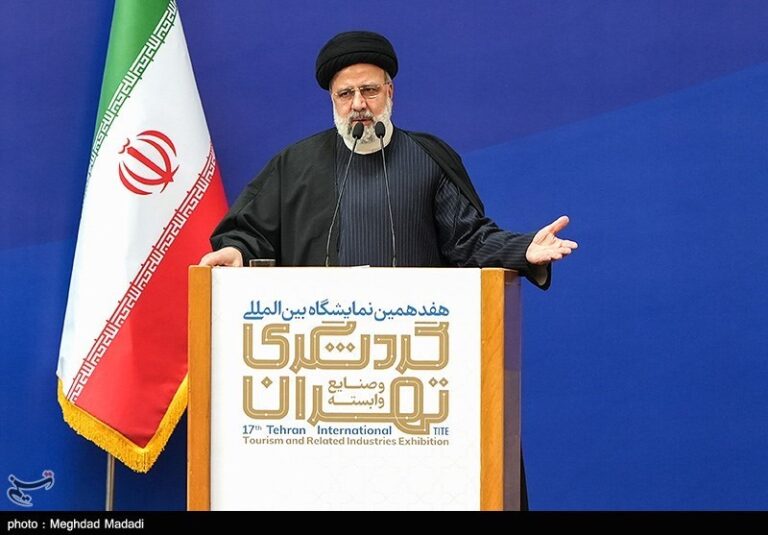
Iran’s Path to Prosperity: President Champions Tourism to Break Free from Oil Dependency
President Ebrahim Raisi emphasized the importance of the tourism industry in diversifying Iran’s economy away from petrodollars during the Iran International Tourism Exhibition in Tehran. He described tourism as a crucial economic catalyst that can drive growth and reduce reliance on oil revenues. Raisi highlighted Iran’s rich cultural heritage and diverse climates as key attractions, while addressing challenges like Iranophobia affecting foreign tourism. The government has abolished visa requirements for many countries to boost visitor numbers. A recent report showed over five million foreign tourists visited Iran in 2023, marking a 42% increase, showcasing tourism’s potential to enhance economic stability.

Unveiling the Forgotten Tale of ‘Sindbad and Sheila’ at the Ancient Siraf Port
Siraf, an ancient port in Iran’s Bushehr province, has a rich maritime heritage linked to the legendary tales of Sindbad. The character, inspired by Iranian sailor Sindbad Bahri, has gained global popularity, especially through Japanese animations. Siraf also produced notable figures like Sulayman, a 9th-century traveler and author whose work predated Marco Polo. The Siraf-Pars Museum Institute preserves 17,000 artifacts, highlighting the region’s historical significance in trade with China and beyond. Efforts to globally recognize Siraf and its heritage are ongoing, emphasizing its vital role in the history of the Persian Gulf and maritime trade.
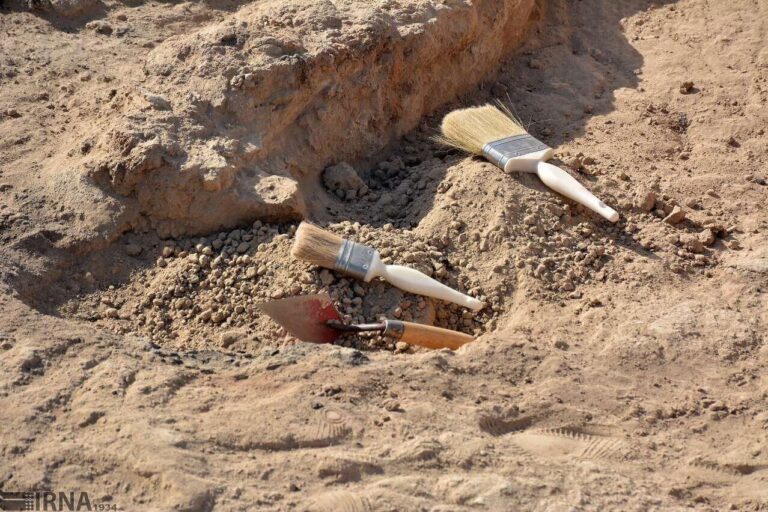
Exciting Discovery: Neolithic and Chalcolithic Archaeological Treasures Unearthed in Mahallat, Central Iran!
Iranian archaeologists have discovered a prehistoric settlement in Markazi province, dating back to the late Neolithic and Chalcolithic periods. This site, located southwest of Mahallat, reveals insights into early human habitation and societal evolution, particularly between 5200 and 3000 BC. Notable findings include red pottery linked to the Cheshmeh Ali culture, indicating significant cultural transitions and advancements in technology, such as copper metallurgy and the potter’s wheel. Ongoing research aims to officially register the site on Iran’s National Heritage List, enhancing the understanding of Iran’s ancient history and its role in early human development.
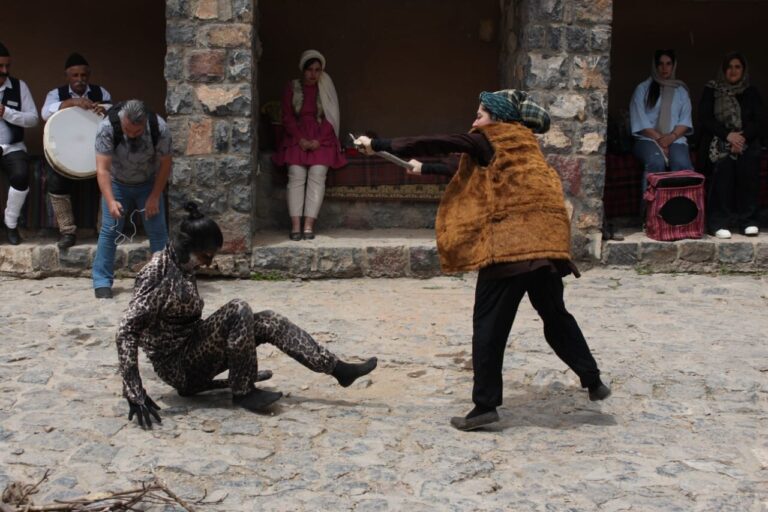
Discover Iran’s Kandelous: Transforming Folk Tales into a Thriving Tourism Gem
“Mina and the Leopard” is a beloved oral legend from Kandelous, Iran, dating back to the early 1900s. The tale follows Mina, a young woman who forms a poetic bond with a leopard in the forest, symbolizing deep emotional connections. This story has revitalized storytelling tours and local performances, enriching the village’s cultural identity and attracting tourists. Kandelous offers various accommodations, tranquil parks, and renowned medicinal plant farms, making it a hub for traditional herbal medicine. Visitors can also enjoy traditional Iranian cuisine and vibrant handicraft markets, ensuring a memorable experience that intertwines culture, nature, and folklore.
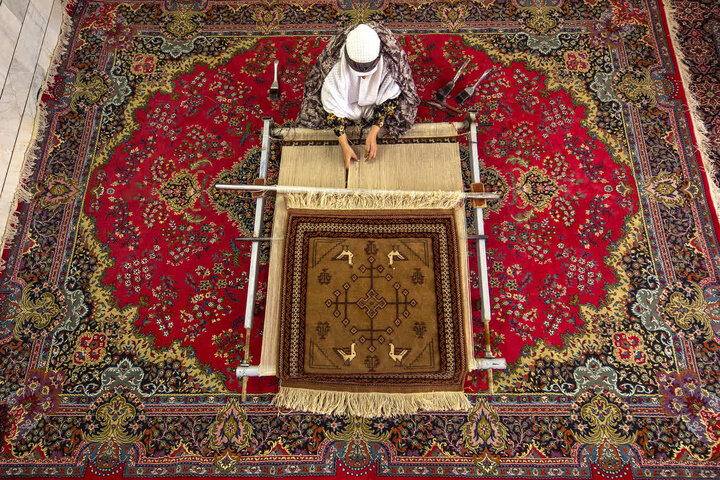
Iranian Artisans Showcase Masterful Skills at Sulaymaniyah Expo: A Celebration of Craftsmanship!
Artisans from Iran’s South Khorasan province are set to showcase their traditional handicrafts at the Sulaymaniyah Expo in Iraq from May 20-26. This event aims to promote Iranian cultural heritage and elevate local handicrafts in global markets. Supported by the provincial Cultural Heritage Department, artisans will display woven and non-woven fabrics, highlighting the region’s renowned carpet weaving history, dating back to the Timurid era. South Khorasan carpets, known for intricate motifs like Rizeh Mahi and Robee Sa’di, are culturally significant and sought after internationally. The expo fosters cultural exchange and preserves traditional techniques among global audiences.